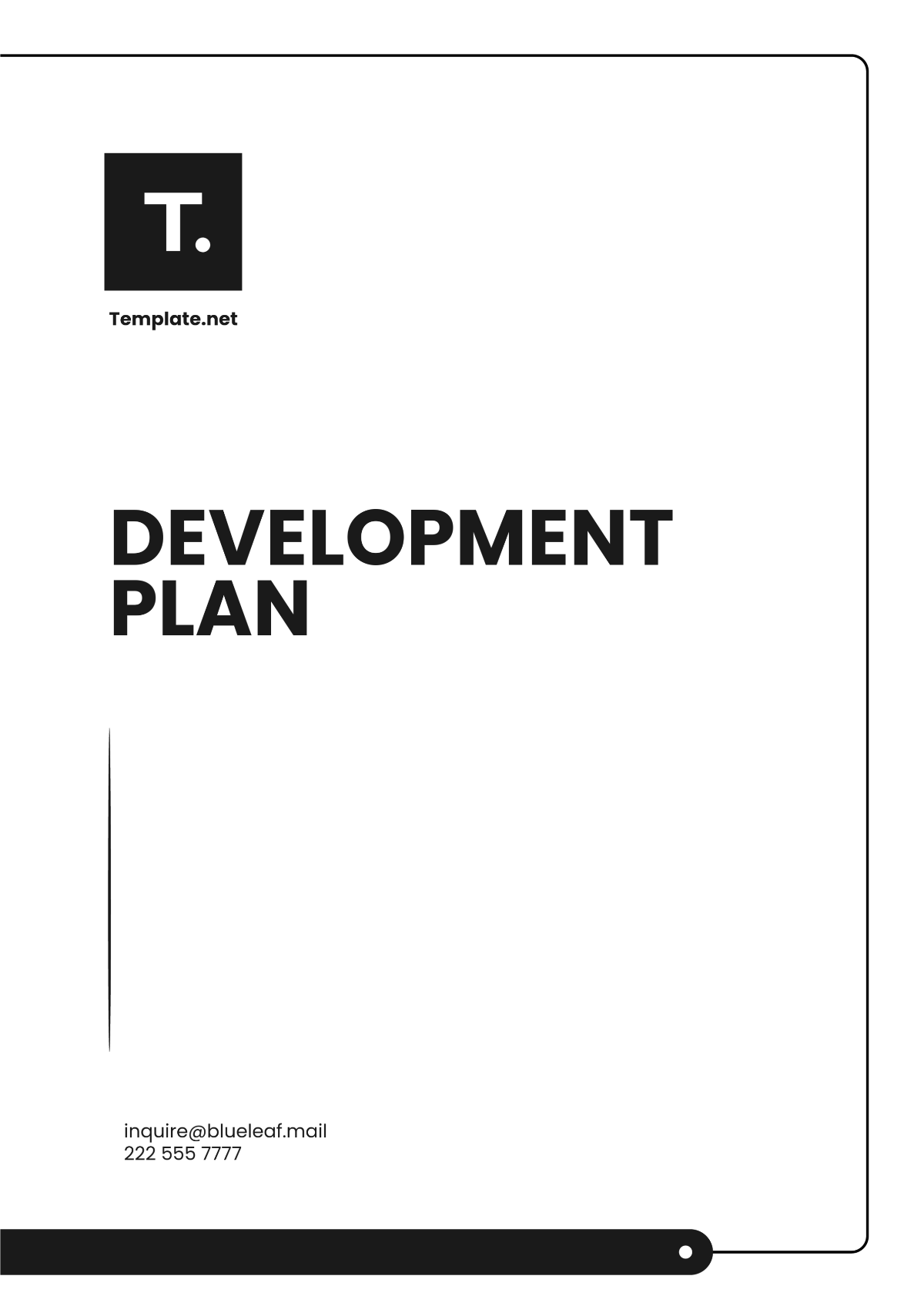Free School Security Layout Plan

- 100% Customizable, free editor
- Access 1 Million+ Templates, photo’s & graphics
- Download or share as a template
- Click and replace photos, graphics, text, backgrounds
- Resize, crop, AI write & more
- Access advanced editor
Enhance the safety of your school with the School Security Layout Plan Template, offered by Template.net. This customizable, downloadable, and printable template is designed to help you create a comprehensive security plan with ease. Fully editable in our AI Editor Tool, it allows you to tailor the layout to meet specific safety requirements, ensuring a secure environment for students and staff.
You may also like
- Finance Plan
- Construction Plan
- Sales Plan
- Development Plan
- Career Plan
- Budget Plan
- HR Plan
- Education Plan
- Transition Plan
- Work Plan
- Training Plan
- Communication Plan
- Operation Plan
- Health And Safety Plan
- Strategy Plan
- Professional Development Plan
- Advertising Plan
- Risk Management Plan
- Restaurant Plan
- School Plan
- Nursing Home Patient Care Plan
- Nursing Care Plan
- Plan Event
- Startup Plan
- Social Media Plan
- Staffing Plan
- Annual Plan
- Content Plan
- Payment Plan
- Implementation Plan
- Hotel Plan
- Workout Plan
- Accounting Plan
- Campaign Plan
- Essay Plan
- 30 60 90 Day Plan
- Research Plan
- Recruitment Plan
- 90 Day Plan
- Quarterly Plan
- Emergency Plan
- 5 Year Plan
- Gym Plan
- Personal Plan
- IT and Software Plan
- Treatment Plan
- Real Estate Plan
- Law Firm Plan
- Healthcare Plan
- Improvement Plan
- Media Plan
- 5 Year Business Plan
- Learning Plan
- Marketing Campaign Plan
- Travel Agency Plan
- Cleaning Services Plan
- Interior Design Plan
- Performance Plan
- PR Plan
- Birth Plan
- Life Plan
- SEO Plan
- Disaster Recovery Plan
- Continuity Plan
- Launch Plan
- Legal Plan
- Behavior Plan
- Performance Improvement Plan
- Salon Plan
- Security Plan
- Security Management Plan
- Employee Development Plan
- Quality Plan
- Service Improvement Plan
- Growth Plan
- Incident Response Plan
- Basketball Plan
- Emergency Action Plan
- Product Launch Plan
- Spa Plan
- Employee Training Plan
- Data Analysis Plan
- Employee Action Plan
- Territory Plan
- Audit Plan
- Classroom Plan
- Activity Plan
- Parenting Plan
- Care Plan
- Project Execution Plan
- Exercise Plan
- Internship Plan
- Software Development Plan
- Continuous Improvement Plan
- Leave Plan
- 90 Day Sales Plan
- Advertising Agency Plan
- Employee Transition Plan
- Smart Action Plan
- Workplace Safety Plan
- Behavior Change Plan
- Contingency Plan
- Continuity of Operations Plan
- Health Plan
- Quality Control Plan
- Self Plan
- Sports Development Plan
- Change Management Plan
- Ecommerce Plan
- Personal Financial Plan
- Process Improvement Plan
- 30-60-90 Day Sales Plan
- Crisis Management Plan
- Engagement Plan
- Execution Plan
- Pandemic Plan
- Quality Assurance Plan
- Service Continuity Plan
- Agile Project Plan
- Fundraising Plan
- Job Transition Plan
- Asset Maintenance Plan
- Maintenance Plan
- Software Test Plan
- Staff Training and Development Plan
- 3 Year Plan
- Brand Activation Plan
- Release Plan
- Resource Plan
- Risk Mitigation Plan
- Teacher Plan
- 30 60 90 Day Plan for New Manager
- Food Safety Plan
- Food Truck Plan
- Hiring Plan
- Quality Management Plan
- Wellness Plan
- Behavior Intervention Plan
- Bonus Plan
- Investment Plan
- Maternity Leave Plan
- Pandemic Response Plan
- Succession Planning
- Coaching Plan
- Configuration Management Plan
- Remote Work Plan
- Self Care Plan
- Teaching Plan
- 100-Day Plan
- HACCP Plan
- Student Plan
- Sustainability Plan
- 30 60 90 Day Plan for Interview
- Access Plan
- Site Specific Safety Plan
School Security Layout Plan
I. Introduction
The school security layout plan is designed to create a safe and secure environment for students, staff, and visitors within school premises. This document provides a detailed overview of strategically placed physical security measures, emergency protocols, and technology integration aimed at mitigating risks and responding effectively to potential threats. The plan addresses the unique security needs of educational institutions, promoting a proactive approach to safety.
II. Security Measures
A. Physical Barriers
Physical barriers serve as the first line of defense against unauthorized access and potential threats. They are essential for delineating school boundaries and controlling access.
Perimeter Fencing
Description: A robust, tall fence surrounding the entire school property, ideally with anti-climb features.
Purpose: To deter unauthorized entry and establish clear property lines.
Access Control Gates
Description: Secure gates that can be monitored and controlled, equipped with electronic locks.
Purpose: To restrict access to authorized personnel only, allowing for effective monitoring of entry and exit points.
Security Doors and Windows
Description: Reinforced doors and shatter-resistant windows equipped with locks and alarms.
Purpose: To prevent break-ins and provide a secure environment for students and staff, particularly in classrooms and administrative areas.
B. Surveillance Systems
Surveillance systems play a critical role in monitoring activities within and around the school campus. High-definition cameras and monitoring systems can help deter criminal activities and provide evidence in case of incidents.
Type | Location | Purpose |
|---|---|---|
CCTV Cameras | Main entrances, hallways, playgrounds | Real-time monitoring and recording of all activities to enhance security awareness. |
Motion Sensors | Offices, storerooms, entry points | Intrusion detection that alerts security personnel of unauthorized movement in restricted areas. |
C. Security Personnel
Incorporating trained security personnel can enhance the effectiveness of the security layout.
School Resource Officers (SROs)
Role: Provide a visible law enforcement presence, interact positively with students, and address any security concerns.
Security Guards
Role: Monitor premises, check identification at access points, and respond to emergencies.
III. Emergency Protocols
A. Evacuation Routes
Establishing clear and accessible evacuation routes is essential for safe and efficient exits during emergencies.
Identify Primary and Secondary Routes: Map out multiple routes to ensure all areas of the school can be evacuated promptly.
Install Clear Signage: Use visible, illuminated signs to guide individuals to the nearest exits.
Conduct Regular Drills: Schedule frequent evacuation drills to familiarize students and staff with procedures, ensuring smooth execution during actual emergencies.
B. Communication Systems
An efficient communication system is vital during emergencies to coordinate effectively between staff, students, and emergency responders.
PA Systems: Install a reliable public address system for announcements during emergencies.
Two-way Radios: Equip staff with radios for immediate communication across the campus.
Mass Notification Systems: Utilize text messaging, emails, and social media to inform parents and guardians during a crisis.
IV. Technology Integration
A. Access Control Systems
Implementing electronic access control systems helps restrict unauthorized entry and track individuals within the school.
ID badge readers: Use badges with RFID technology for staff and students to gain access to secure areas.
Smart Card Systems: Enable quick and secure entry to various school facilities while tracking access history.
B. Cybersecurity Measures
Ensuring the digital infrastructure is secure against cyber threats is crucial to protecting sensitive information and communication systems.
Firewalls: Deploy robust firewalls to block unauthorized access to the school’s network.
Data encryption: encrypt sensitive data to protect it from unauthorized interception.
Regular Security Audits: Conduct routine audits of digital systems to identify vulnerabilities and ensure compliance with best practices.
V. Conclusion
The School Security Layout Plan outlines essential measures to safeguard the school environment. The proactive implementation and periodic reviews of these security measures are crucial for the well-being of all stakeholders, including students, staff, and visitors. Collaboration among school administrators, staff, local authorities, and parents is vital to adapt to emerging security challenges and ensure a safe educational atmosphere.





























